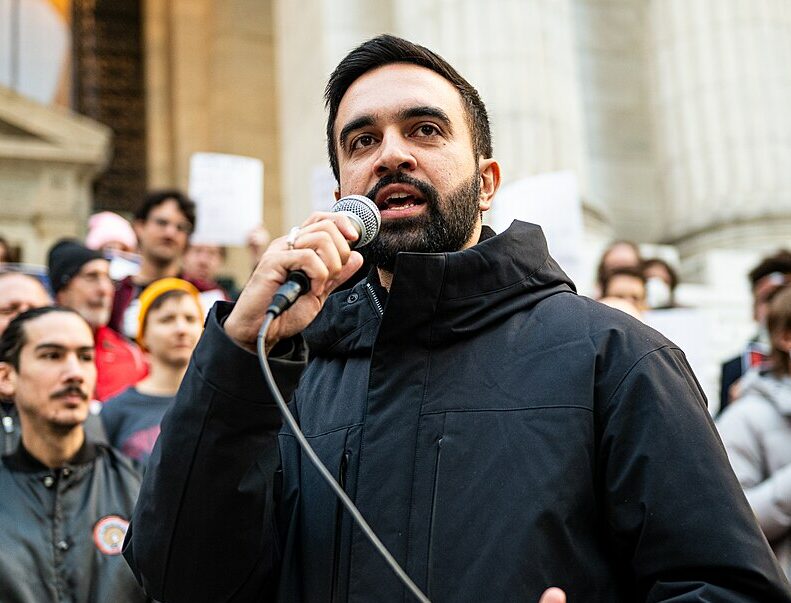When Zohran Mamdani roared past Andrew Cuomo in the New York Democratic primary, it wasn’t just an upset; it was a warning shot.
In an America increasingly polarized around bold ideological identities, Republicans now have a rare opening to cast themselves as the stable center in a new political realignment. The 2026 gubernatorial map is wide open, and Mamdani’s momentum could redraw it.
In 2026, 36 states will hold gubernatorial elections, with Democrats and Republicans each defending 18 seats. Forecasting models such as the Cook Political Report already classify many as “tilt,” “lean,” or “toss-up” contests. New York is among them.
New York has not elected a Republican governor since George Pataki won three terms starting in 1994. Since then, several prominent Republicans have tried to reclaim the office, most notably Congressman Lee Zeldin in 2022.
That race revealed cracks in New York’s “blue wall.” Zeldin captured 46.7 percent of the vote, a striking percentage for a Republican in a deep-blue state. Strongly supported by the Republican and Conservative parties, Zeldin was able to tap into demographics and areas where Democrats usually had a stronghold, such as much of the Long Island and Hudson Valley regions.
With a 6.4-point margin of defeat, New York suddenly didn’t look so reliably blue. Zeldin won 12 of the state’s 26 congressional districts, including several held by Democrats, and late-race surges in Long Island and the Hudson Valley showed volatility in the map.
If Mamdani represents the outer edge of New York’s progressive gamble, Elise Stefanik represents its antidote: principled, pragmatic and prepared. More than that, a Mamdani victory could create the dynamics that boost Stefanik’s prospects.
Three primary demographics sought by both sides of the aisle have shown suspicion of Mamdani’s proposed policies. Middle-class women are leery of housing experiments, independents exhausted by far-left ideology, and Jewish voters disgusted by rhetoric on Israel and Palestine will all be looking for an alternative.
Stefanik has proven herself to be a master communicator and builder. In an era defined by radical ideology, Stefanik offers a sense of steadiness that New Yorkers have not seen since before Cuomo’s reign.
The New York governor’s race is shaping up to be far more competitive than Democrats might expect. Mamdani has breezed through the Democratic primary and whipped up an energized base. Many of his policies, from city-owned grocery stores to rent freezes, risk crippling New York’s business climate and accelerating a broader economic exodus.
For many voters, that is more a threat than a promise.
If Republicans fail to recognize the moment, Mamdani’s momentum will define the narrative unopposed. If seized, Republicans can break through a decades-long deep-blue wall throughout the Northeast, most likely bringing New Hampshire and Maine to flip.
With major players such as Stefanik and other GOP insiders at the helm, New York and the deep-blue Northeast could see a massive shift in its political environment. Bridging together voters from all backgrounds, a Republican win could unite a suffering New York.


